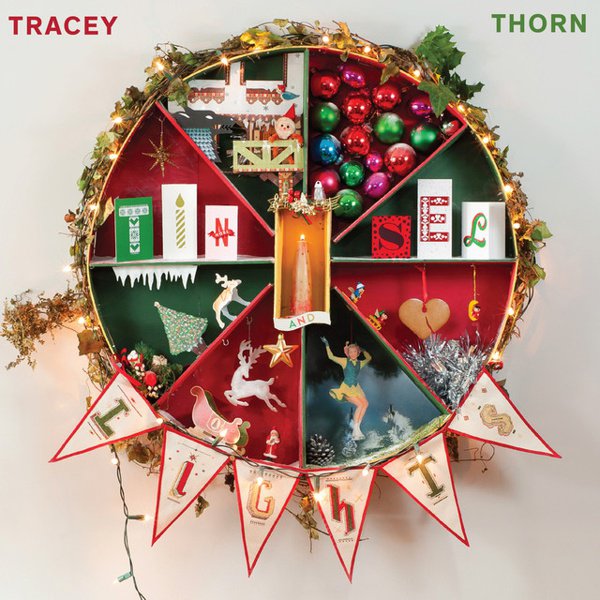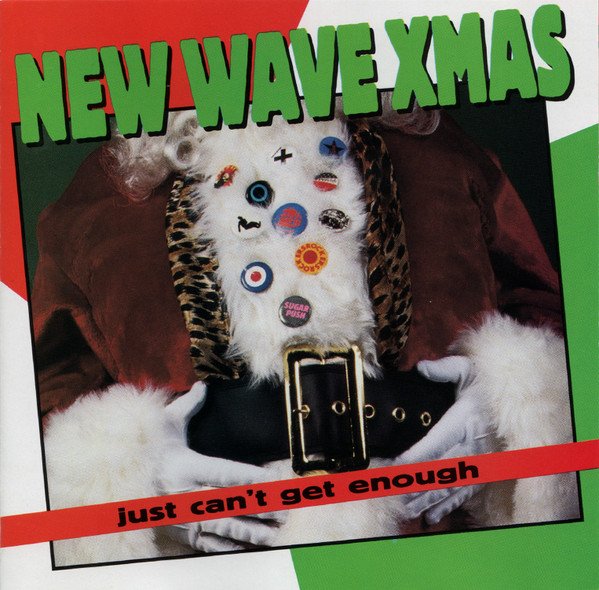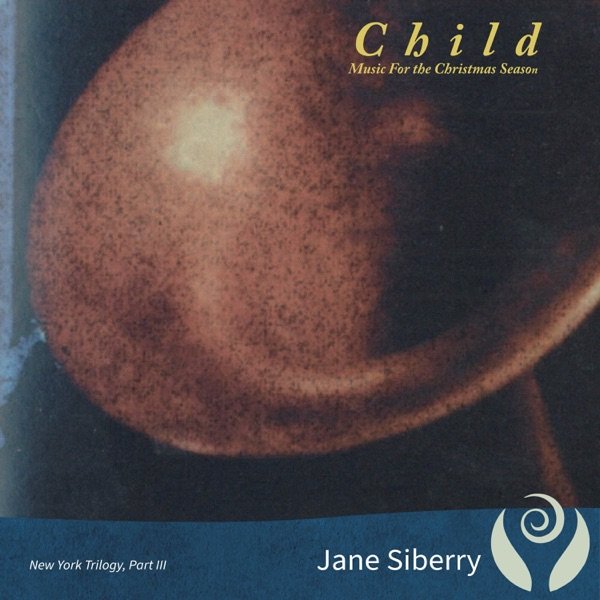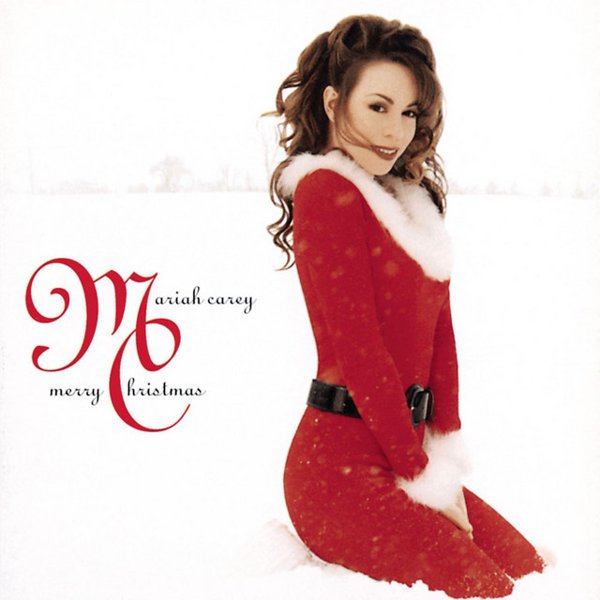First off, it’s important to be clear about one thing here – there is absolutely no true definitive guide to the truly key albums of what Wikipedia’s entry calls “a variety of genres of music regularly performed or heard around the Christmas season.” When you’re talking a couple of thousand years of musical, literary and other traditions at play, themselves with widely scattered origin points and sonic and compositional elements, it’s impossible. Furthermore, songs are ultimately more important than albums, with options ranging from early devotionals to the general 15th century origin points of Christmas carols in English to the mid-20th century canon of seasonal classics and beyond.
‘Best Christmas Songs Ever’ compilations abound, and in the era of shared playlists, anyone can easily create their own spin on an ultimate holiday collection, with personally favored songs or interpretations taking center stage. Whether it’s the passionate soul of “This Christmas” by Donny Hathaway, the prog/power metal theatrics of Trans-Siberian Orchestra’s “Christmas Canon,” the rollicking rock and roll punch of Chuck Berry’s “Run Run Rudolph,” Judy Garland’s emotional crusher from Meet Me in St. Louis, “Have Yourself A Merry Little Christmas,” or Mariah Carey’s nuclear-strength conclusion to the 20th century classic Christmas songbook with “All I Want For Christmas Is You” – itself more recently in a pride of place seasonal chart battle with Brenda Lee’s own early rock and roll classic “Rockin’ Around The Christmas Tree” – one can go any direction. Add to that the sheer multitude of Christmas albums recorded by stars new, old and in many cases very flash in the pan all looking to score a little something, however cynical the reasoning, and it’s not a question of where one starts, but stops.
Still, while the albums featured here lean towards certain preferences of the collection’s compiler, certain landmarks stand out, whether due to commercial success at the time of release or a built-up reputation over the years, as undisputed elements of the holiday experience. The king of smooth crooners Bing Crosby has a certain pride of place thanks to the indefatigable Merry Christmas from 1945, riding off the massive popularity of his own movie music classic “White Christmas.” Johnny Mathis demonstrated his own vocal skill with his own smash success Merry Christmas album in 1958, highlighted by his take on “Winter Wonderland,” while Barbra Streisand showcased her own interpretative brilliance with 1967’s A Christmas Album, which dominated the end of the year charts and remains a touchstone. But little surprise perhaps that the most popular Christmas album of all in America, even through the mid-2020s, remains Elvis Presley’s Elvis’s Christmas Album from 1957, featuring his own long-lived contribution to holiday standards, “Blue Christmas.” Other commercial big contenders include albums by Kenny G, Celine Dion, Josh Groban, Michael Buble, Garth Brooks and, with multiple entries, Mannheim Steamroller among many others.
On the more slow burn front, the Kingston Trio’s The Last Month of the Year, released during the height of their fame in 1960, proved to be a surprising sales misstep for the folk powerhouse, but became acclaimed with time as one of their most experimental and atmospheric releases. Another collection that flopped on initial release, 1963’s A Christmas Gift For You From Phil Spector, became a beloved touchstone over the years of girl group and Wall of Sound productions in excelsis. Two years later, released in concert with the animated special it soundtracked, the Vince Guaraldi Trio’s A Charlie Brown Christmas appeared and began its own long slow run towards being a recognized centerpiece of the holiday, its blend of traditional songs and new compositions via a piano-led jazz approach now a key part of the season. Three years after that, acoustic/American primitive guitarist John Fahey, supposedly having noticed how well Crosby’s Christmas work continued to sell, brought out his own entry in the field, with The New Possibility becoming both his own greatest commercial success and a new sonic and interpretive landmark in turn.
Plenty other efforts large and small have made their mark, whether inspired compilations courtesy of labels like Rhino and Germany’s Bear Family, or individual releases like 1999’s Christmas, the increasingly beloved short album by the Minnesota act Low, and the total will only continue to grow, whether via new covers and interpretations, new themed collections or new albums by younger stars that may yet have their own long second act in years to come. Again, the collection simply showcases a small part of the whole – but it’s an expansive world to explore, as you can.








![The Muppet Christmas Carol [Original Soundtrack] cover](https://images.theshfl.com/The-Muppet-Christmas-Carol--Original-Motion-Picture-Soundtrack-_600.jpg)











